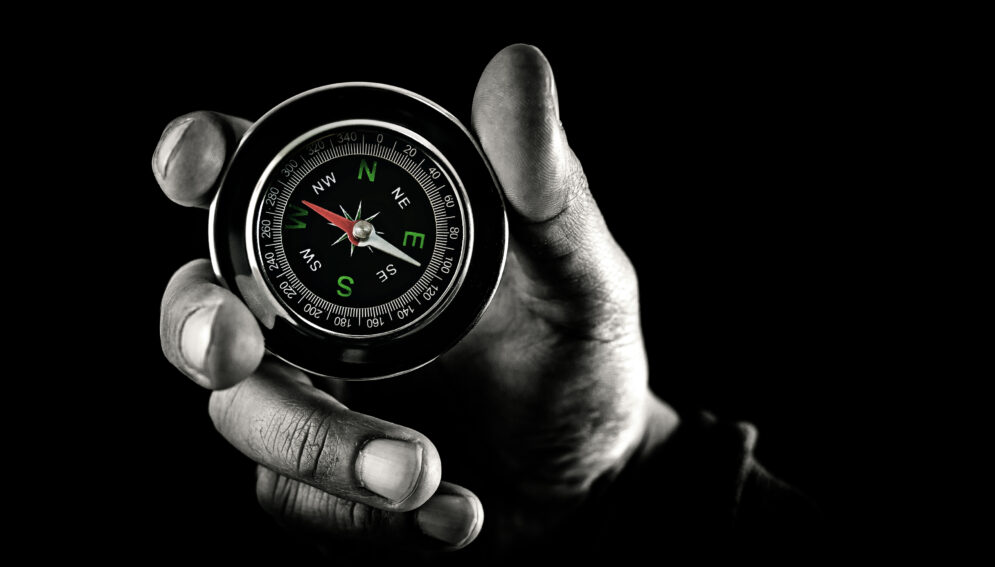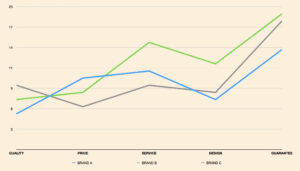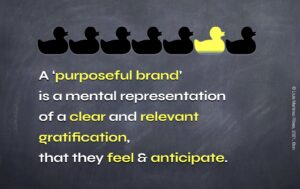The world of business is very similar to that of competitive sports. There are teams, trainers, a ball or some other moving object, etc. involved.
Many people tend to focus a lot on their opponents, but they should not forget about the referees, as they are the ones deciding when to blow their whistle. And they even have the right to be wrong.
Customers – either individuals or businesses – are like referees in a sport competition. They have complete power to decide what brand to purchase.
It is no secret that good coaches explain to their players what the referee for their next match will be like. And they do it so that their team can adapt to their personal character and judging approach.
The same thing should be happening when positioning a brand. Clearly, a brand needs to focus on its ‘referees’ so that these find the brand pleasing for their brain – their ‘deciding machine’.
Clearly distinct
When positioning a brand, we decide how we want them to perceive it, comparing it – consciously or non-consciously – to its competitors.
So, a correct brand positioning needs to be differentiating. I mean, it should not focus on something the competition has already left in its customers’ deep brain memories.
All managers know that their brand must be different from their competitors. But, how?
Source of differentiation
Traditionally, a brand positioning was based on the actual product or service best features, comparing them to the competitors’ brands. This has been a marketing best practice for decades: understanding the own product strengths in order to focus the advertising on them.
This is why many companies look for inspiration using graphs like the one shown below:
And, when looking at them, they sadly end up confirming that, increasingly, referees perceive these brands as more and more similar.
This customer feeling makes brands become commodities, something that will end up in a painful price war.
The brand is in their brain
However, if we observe what a brand means for the brain, it should be easy to find that the process for achieving this desired differentiation needs to follow a different approach.
A brand is not its logo or the company’s visual corporate identity.
It is a symbol. I mean, it is the mental picture that they have of something, of a product, of a service, or even of a person. Of you, for instance.
But a ‘brand with a purpose’ – i.e., a really relevant brand – does not evoke great features of a thing, but a particular gratification for them, as the individuals they are.
A gratification they have already personally experienced, or that they picture themselves experiencing in a near future.
In fact, a brand is as strong as the gratification it offers is relevant.
Summary
So, linking the dots, this is how to position a brand so it is brain-pleasing.
As a summary, a brain-pleasing brand…
- Is not about things (product or services), but about people.
- Is not about features or data, but about the gratification it evokes.
- Is not about the present (example: a good feature product has), but about the future (the gratification they will get).
- Is not about many good product characteristics, but about the main gratification, really relevant for their lives.
- Is not about communicating something different, but about really improving their lives.
But, if the product does not end up meeting their expectations regarding the gratification they have imagined, their frustration will end up killing the brand.
It does not matter how strong this brand may have been.
Brand and product share a destiny: they will either succeed together, or they will both become negligible.
Cover photo: © Jose Carlos Gutierrez Paez | Dreamstime








